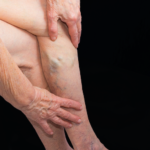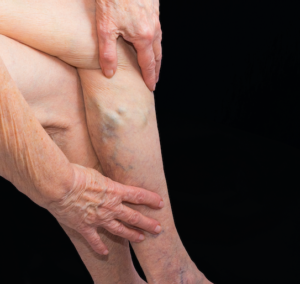 What to do following an accident:
What to do following an accident:
– Call the police and file a report
– Get the other party’s information and insurance card
– Remaining calm can help reduce the inflammatory reaction
– Go to the ER to get checked out for any broken bones or internal injuries
– Ice any areas you feel pain in for 10 – 15 minutes at a time repeating every couple of hours.
– Take Turmeric, Bromelain, or Papain to help with inflammation and pain. Though it OTC remedies like Tylenol or Alleve do work well, they can also slow healing.
– Use Arnica Montana – A homeopathic made from arnica flowers for bruising and muscle soreness. It can be taken orally or applied topically.
– Rest
– Expect delayed onset muscle soreness. Much like going to the gym and working out really hard, over the next few days you will very likely feel sore. It will pass, just be easy on yourself in the meantime.
– See your chiropractor ASAP – Following the ER Visit getting in to see your chiropractor is vital. You have 14 days in the state of Florida to seek medical help.
Seeing a chiropractor as soon as possible enables your body to heal as quickly and easily as possible while minimizing damage. A thorough exam will be performed as well as X-rays. If they feel you need an immediate adjustment they will do that as well as set the course of treatment going forward.
Even in the event of a minor accident, the curvatures in the spine can be straightened. This is especially true of the neck and cervical spine. The soft tissues may heal but without realignment, the spinal curvature remains straightened. This may cause osteoarthritis and degenerative joint disease as you age.
When you are involved in an accident the two parties that show up on the scene when you call 911 are the police and the ambulance. It is important to get checked if you feel any pain or discomfort, first for broken bones, potential internal injuries, cuts, and bruises, or contusions. The EMT’s and the emergency room are great for this. What many overlook are that there are even more likely, due to impact, possible misalignments now in your musculoskeletal system. This is sometimes referred to as soft tissue damage and misalignment issues.
In the 24 hour period following an accident, your body can be in a state of shock. Your system is trying to protect you by producing dopamine and other chemicals in the brain. This is so that you can still function post-trauma to be able to get yourself out o the situation that has or is injuring you. Because of this, you may not feel the damages inflicted. Pain and soreness often don’t set it till the next day.
Car accident pain can occur anywhere in the body. The most common injuries are neck injuries because of the way we are strapped to our vehicles. Though we are held in tight by the body, our heads have to be able to stay mobile. When a vehicle is hit, the neck is whipped one way then back the other way. This is known as Hyperflexion-hyperextension. These injuries can majorly affect the soft tissues in the neck as well as the joint capsules and intervertebral discs.
The result is often whiplash
Whiplash symptoms:
- Neck pain and soreness
- Shoulder pain and soreness
- Arm pain
- Numbness
- Dizziness
- Inflammation
- Jaw issues
- Anxiety
- Nausea
- Back pain
- Depression
- Lightheadedness
- Foggy thinking
If you have been in an accident or know someone who has – though the sooner the better on treatment, there is no time limit where you can heal. Even older injuries can be helped through chiropractic care.
Give us a call
239-332-2555 or visitwww.drkasters.com


 The first thing most people think as they notice their very first spider vein or varicose vein is “Oh no”. The once beautiful skin on their legs is now flawed (or perceived to be so).
The first thing most people think as they notice their very first spider vein or varicose vein is “Oh no”. The once beautiful skin on their legs is now flawed (or perceived to be so).